Much has been said about Amsterdam's picturesque canals, the red-light district known as De Wallen, and all the spots offering stroopwafels, frites (otherwise known as fries), and Dutch pancakes. However, no visit to the capital of The Netherlands will ever be complete without visiting the Royal Palace.
Located in Dam Square, which is at the heart of Amsterdam, the Royal Palace is the official reception palace of the Dutch royal family. What this means is that it is used during state visits as well as other important celebrations and holidays in the country. Despite the fact that the palace is actively used during royal reception, it is open to the public when it is not being used for such occassions.
Designed by architect Jan van Campen, it initially served as the town hall. It was converted into a palace by Louis Bonaparte, the brother of Napoleon Bonaparte, who became King of the Netherlands.
Much of the grandeur of the town hall-turned-palace has survived since its construction in the 17th century. These can be viewed by the public though a group tour or just by visiting the palace and paying for the entrance fee. There is a free hand-held audio tour available for those who want to explore the palace on their own.
The Citizens' Hall
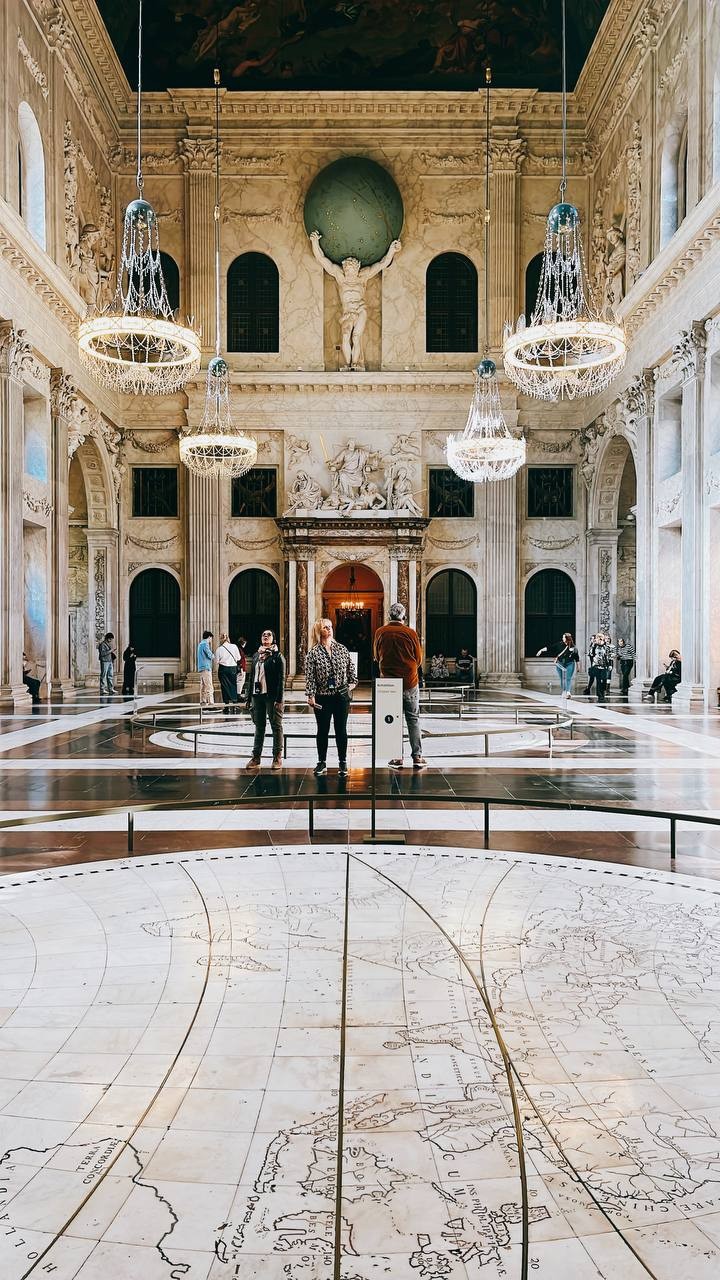
One of the most striking parts of the Royal Palace is none other than the Citizens' Hall. There are a lot of details to soak in when you stand in the hall, including the three large maps that are part of the marble floor.
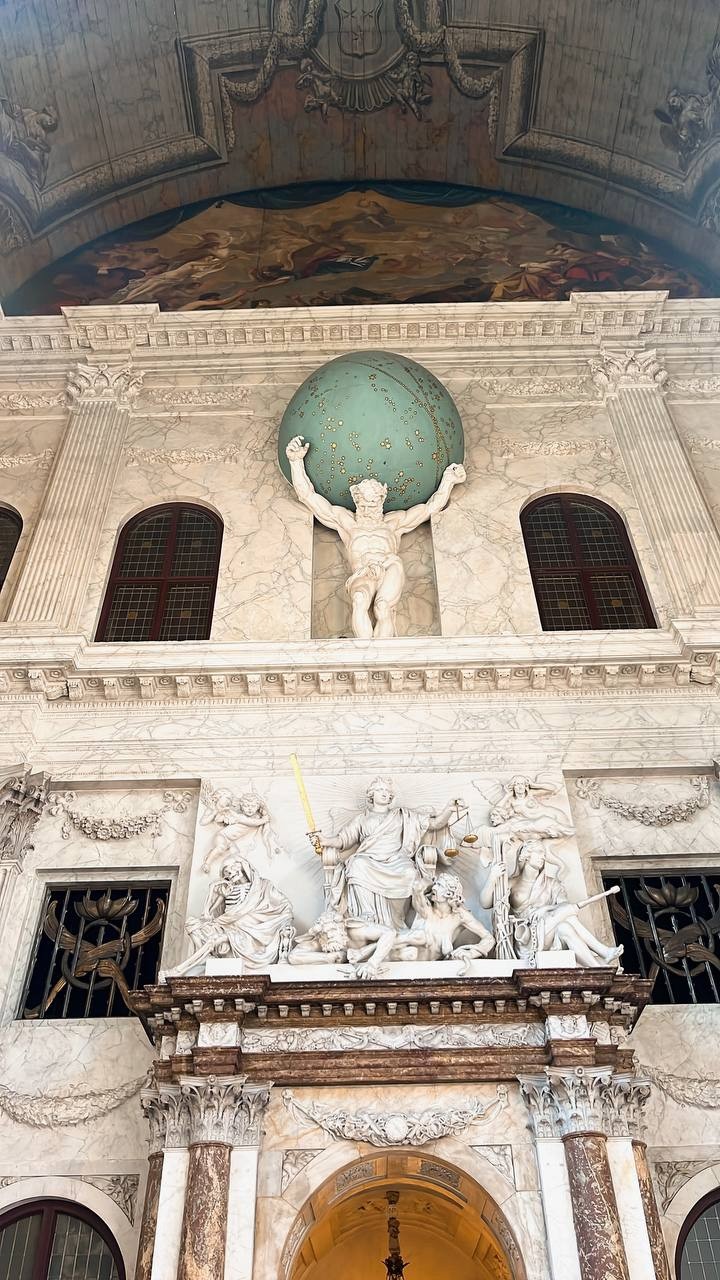
You will also find a six-meter tall statue of Atlas that is depicted to be holding the world on his shoulders. A version of this statue can also be spotted outside the palace in bronze.
Related Article : Why the Anne Frank House is Worth Visiting When in Amsterdam
Rooms
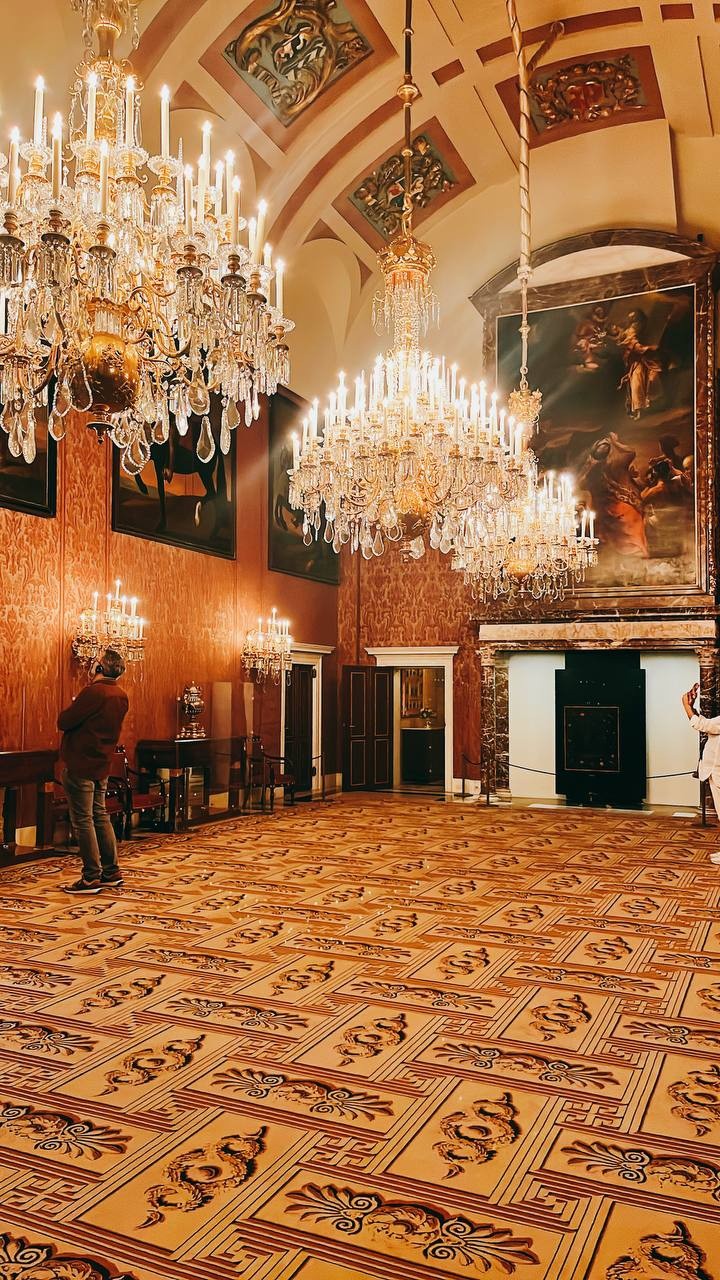
From the Citizens' Hall, you will be able to explore and check out the other rooms inside the Royal Palace. However, do take note that not all rooms can be entered. Instead, visitors can opt to observe and take photos of these rooms from the doorway.
Among the rooms that you will find in the Royal Palace are the bedrooms that was once used by Louis Bonaparte and his wife, Hortense de Beauharnais. The couple did not have a happy a marriage and even stayed in separate bedrooms that were far from one another.
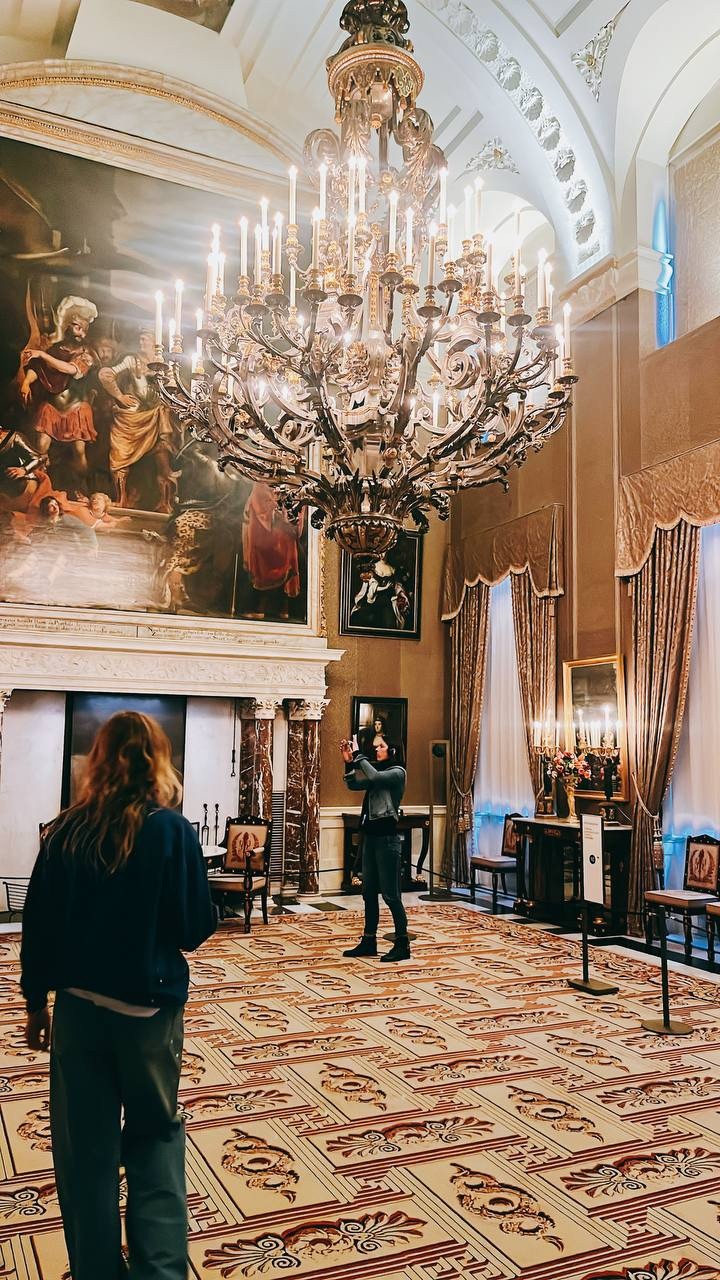
Other rooms that can be found in the palace are the Throne Room and the Moses Room (also known as the Moses Hall).
Vierschaar
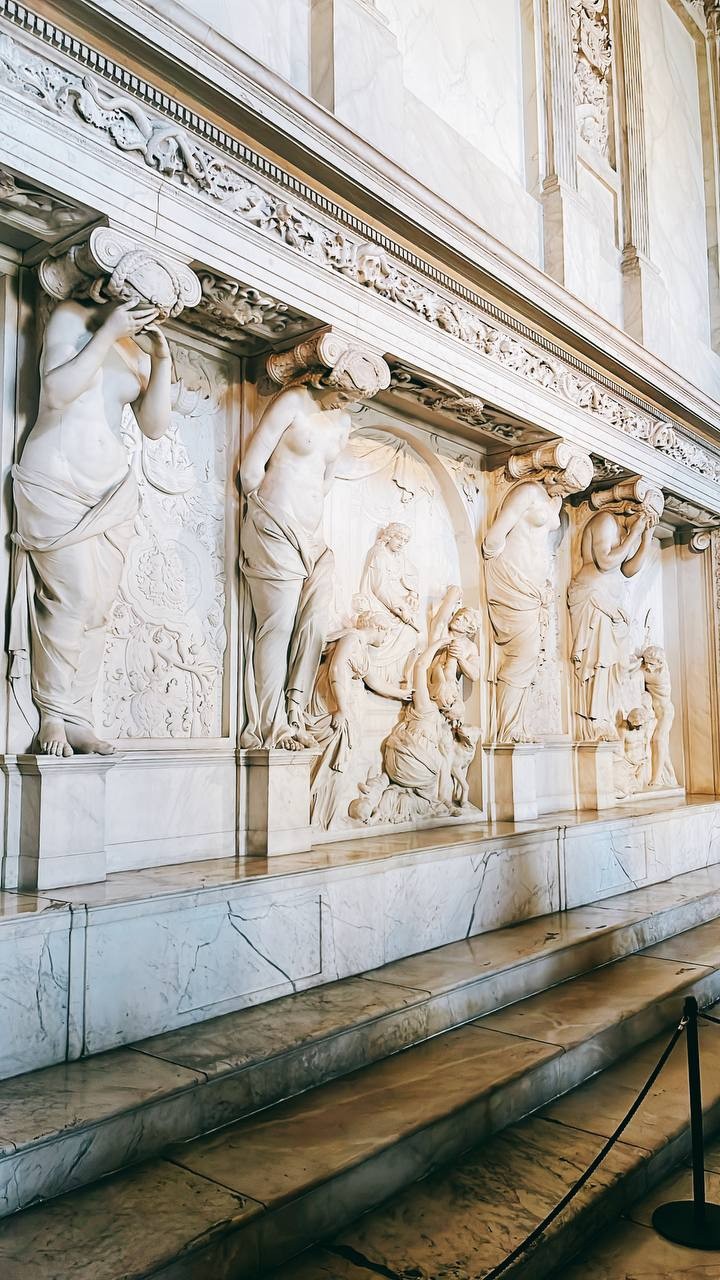
Towards the end of your visit, you will enter the room known as the Vierschaar or the Judiciary. This was previously where public announcements of death sentences were made, which is why it faces Dam Square. It once had an opening through which prisoners walked to reach their the square, where they were typically executed.
The details in the Judiciary all symbolize what the room is all about. Do look for the female figures on the wall that represent remorse and guilt.
This article is copyrighted by Travelers Today, the travel news leader




